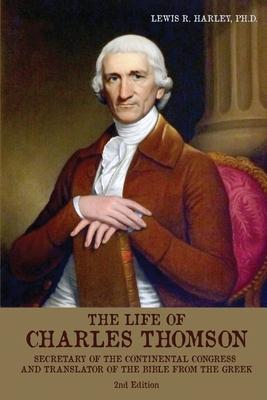Charles Thomson was the Secretary of the Continental Congress from its founding until the elections following the passage of the US Constitution. Thomson was the second person to sign the Declaration of Independence, attesting to John Hancock's signature. He was also one of the brightest patriots, deeply interested in science and religion. A member of the American Philosophical Society, he was friends with Benjamin Franklin, Thomas Jefferson, David Rittenhouse, and others. Thomson was the person who traveled to Mount Vernon to inform George Washington he had been elected the first President of the United States.
Thomson kept both public and private journals regarding the proceedings of Congress. John Jay and others encouraged him to write his memoir following the American Revolution. Thomson began the process, compiling nearly 1000 pages. He then had a sudden change of course and decided it would be best the world not know the intimate details he had recorded. Instead of publishing his observations of the founding generation in action, he burned everything. He said he desired to avoid "contradicting all the histories of the great events of the Revolution. Let the world admire the supposed wisdom and valor of our great men. Perhaps they may adopt the qualities that have been ascribed to them, and thus good may be done. I shall not undeceive future generations."
This newly edited Second Edition includes numerous period illustrations and an index, and a foreword by Lawrence Knorr.
